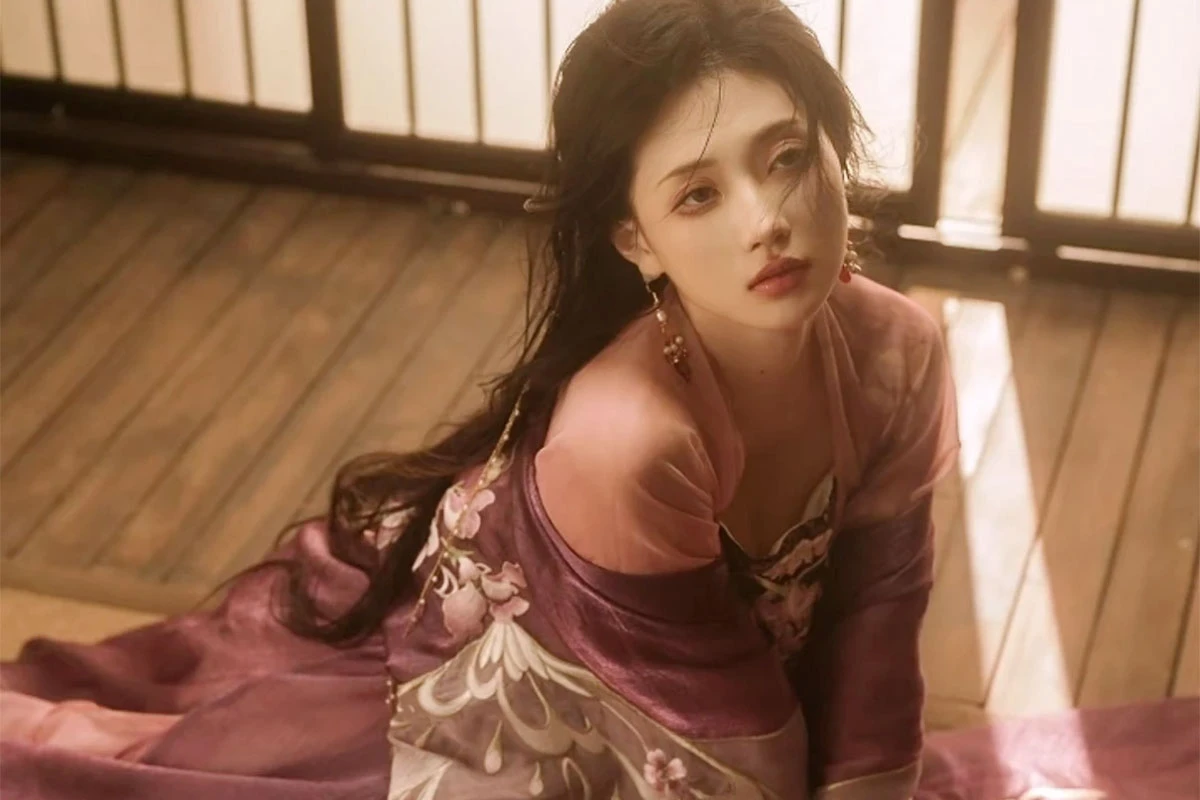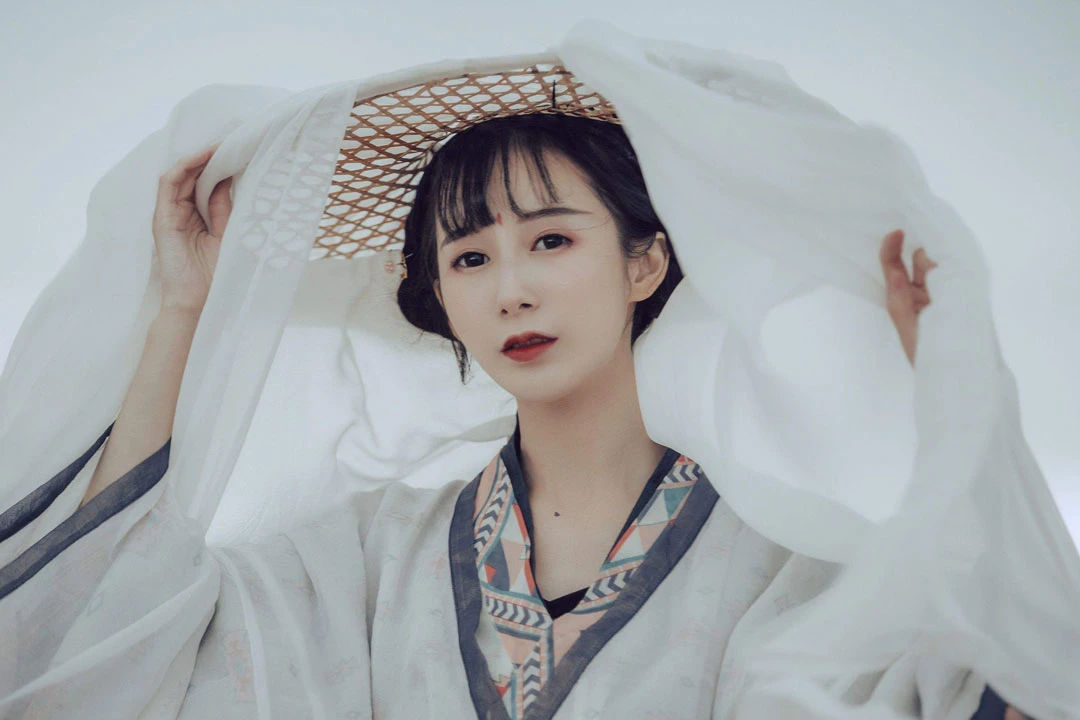In the captivating realm of traditional Chinese clothing, the ruqun hanfu stands as a distinguished and timeless ensemble that has transcended centuries of cultural evolution. This two-piece attire, consisting of a blouse and a skirt, has various styles, each with its unique charm and historical significance. From the classic elegance of the ruqun dress to the nuances of qiyao ruqun, waist ruqun, and the intricate jiaoling ruqun.
Ruqun Definition and Origin
The term “ruqun” refers to a traditional Chinese attire comprising two main components: a blouse or jacket known as “ru” and a wrap-around skirt called “qun.” The ruqun has its roots in ancient China and has evolved over time, adapting to changing fashion trends while maintaining its core elements.
The ruqun is not merely a piece of clothing; it is a symbol of Chinese culture and history. Each element of the ruqun ensemble carries cultural significance, reflecting the values, social norms, and aesthetic preferences of different dynasties and periods in Chinese history.
The ruqun dress is a classic embodiment of the hanfu ensemble, featuring a loose-fitting blouse with wide sleeves and a wrap-around skirt secured with ties. The simplicity of the design allows for versatility, making the ruqun dress suitable for various occasions, from everyday wear to special ceremonies.
Ruqun dresses are typically crafted from traditional Chinese fabrics such as silk, satin, or brocade, reflecting the luxurious materials favored in historical Chinese fashion. Embroidery, intricate patterns, and auspicious symbols often adorn the fabric, showcasing the craftsmanship and attention to detail that characterize these garments.
In recent years, there has been a notable resurgence of interest in traditional Chinese attire, known as Hanfu, among enthusiasts and the younger generation. The ruqun, being a quintessential part of Hanfu, has experienced a revival, with modern adaptations that bridge the gap between historical authenticity and contemporary fashion.
Qiyao Ruqun: Fitted Waistline
Qiyao ruqun, also known as a “waist embrace” ruqun, introduces a fitted waistline to the traditional ensemble. This variation features a blouse that emphasizes the waist, creating a more tailored and form-fitting silhouette. The qiyao ruqun accentuates the wearer’s curves while maintaining the elegance of the traditional ruqun.
The qiyao ruqun carries symbolic meaning, evoking notions of femininity, grace, and the celebration of the female form. This style reflects a departure from the looser fit of traditional ruqun dresses, offering a more figure-flattering option for those who appreciate a tailored and modern aesthetic.
Throughout Chinese history, the emphasis on the waist has been a recurring theme in traditional attire. The waist ruqun takes this concept to new heights, featuring a fitted blouse and skirt that draws attention to the wearer’s midsection. This style accentuates the natural beauty of the waistline and represents a harmonious blend of aesthetics and cultural symbolism.
Waist ruqun designs can vary, ranging from simple and understated to more elaborate and adorned with intricate details. Some waist ruqun styles may feature embroidered patterns, auspicious symbols, or even layered fabrics, adding an extra layer of complexity to this already captivating ensemble.
Ruqun in Modern Fashion
The resurgence of Ruqun Hanfu in modern fashion is a testament to its timeless appeal. Contemporary designers and fashion enthusiasts are embracing this traditional attire, infusing it with new life and incorporating it into mainstream styles. The adaptability of Ruqun makes it a versatile choice for various occasions, from casual outings to formal events.
Ruqun Hanfu has also found its way onto prestigious fashion runways, with designers incorporating its elements into their collections. Fashion shows dedicated to showcasing traditional Chinese attire have become increasingly common, providing a platform for designers to experiment with Ruqun in innovative ways. This blending of tradition and modernity is not only aesthetically pleasing but also serves as a nod to the evolving nature of fashion.
The global fashion industry is no stranger to cross-cultural influences, and Ruqun Hanfu is no exception. Collaborations between Chinese designers and international fashion houses have resulted in collections that seamlessly blend elements of Ruqun with contemporary Western styles. This cross-cultural exchange not only introduces Ruqun to new audiences but also fosters a deeper appreciation for cultural diversity in the fashion world.
In conclusion, the resurgence of Ruqun Hanfu in today’s fashion scene is a fascinating intersection of history, culture, and contemporary style. This traditional Chinese attire, with its rich heritage and timeless elegance, has transcended its historical roots to become a global fashion phenomenon. As we witness celebrities, designers, and enthusiasts embracing Ruqun, it is evident that this cultural resurgence is more than a passing trend – it is a celebration of diversity, a homage to tradition, and a bold statement in the ever-evolving world of fashion.


